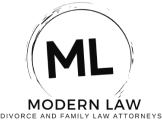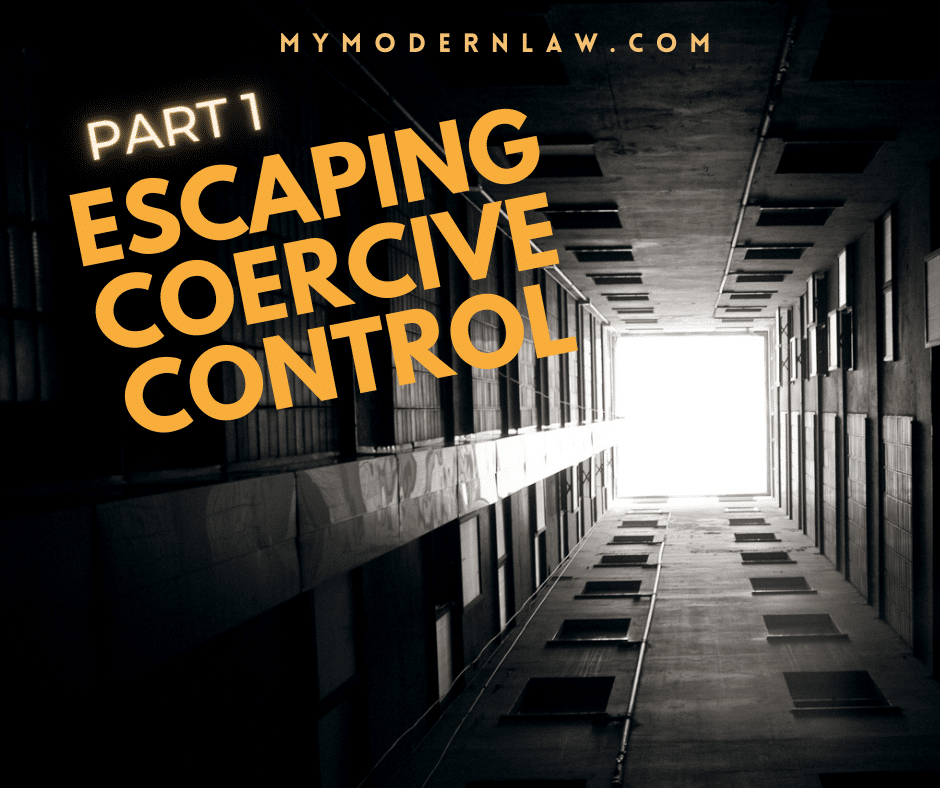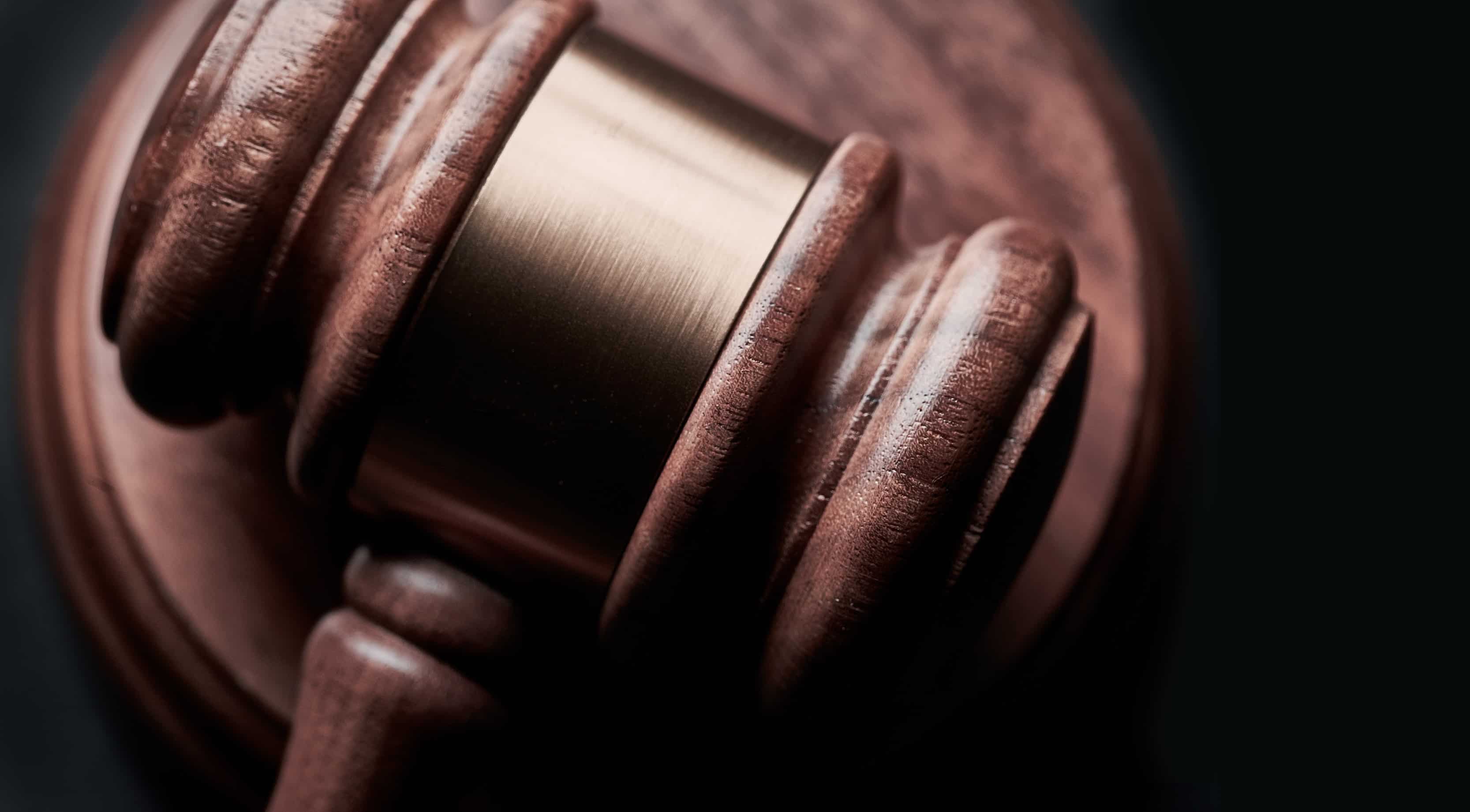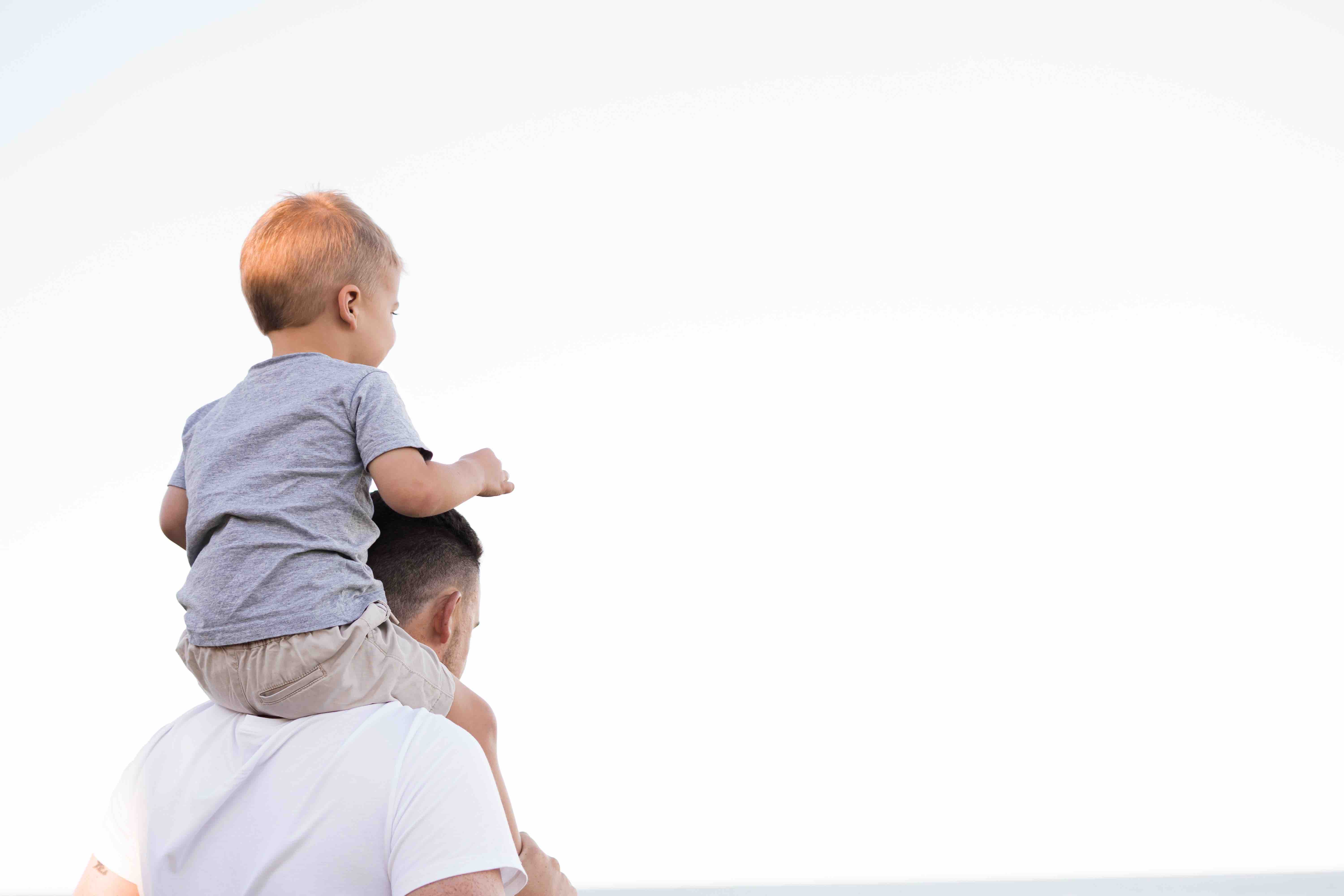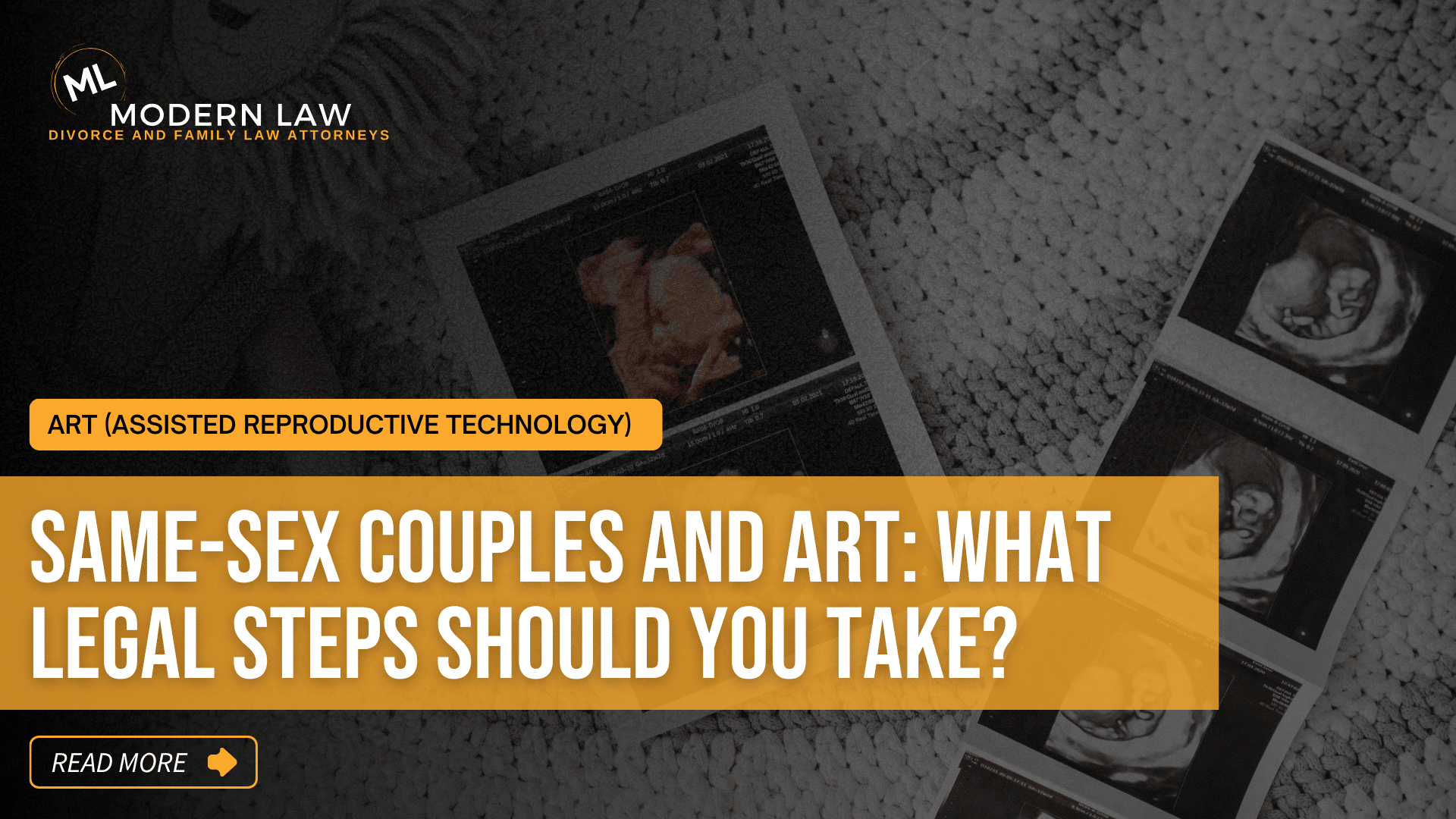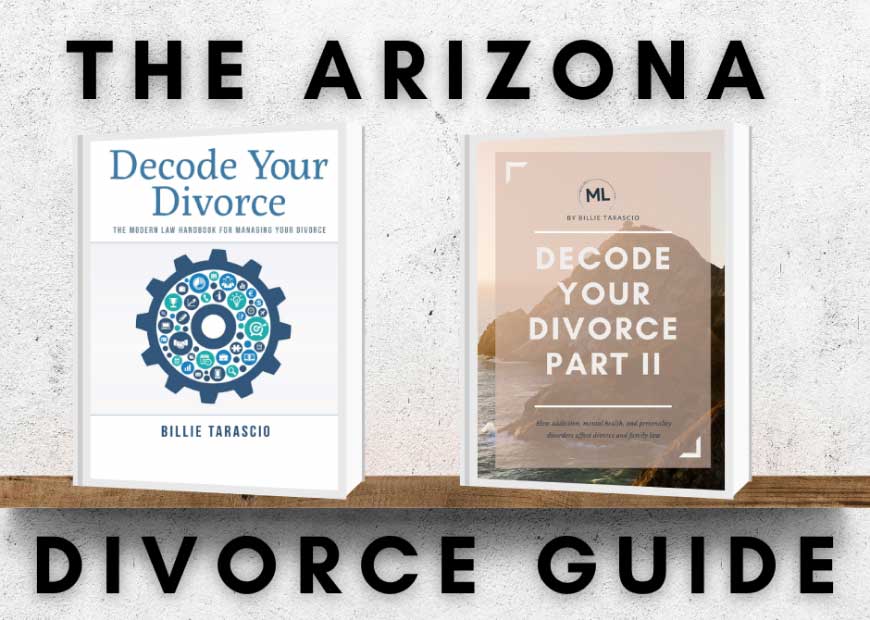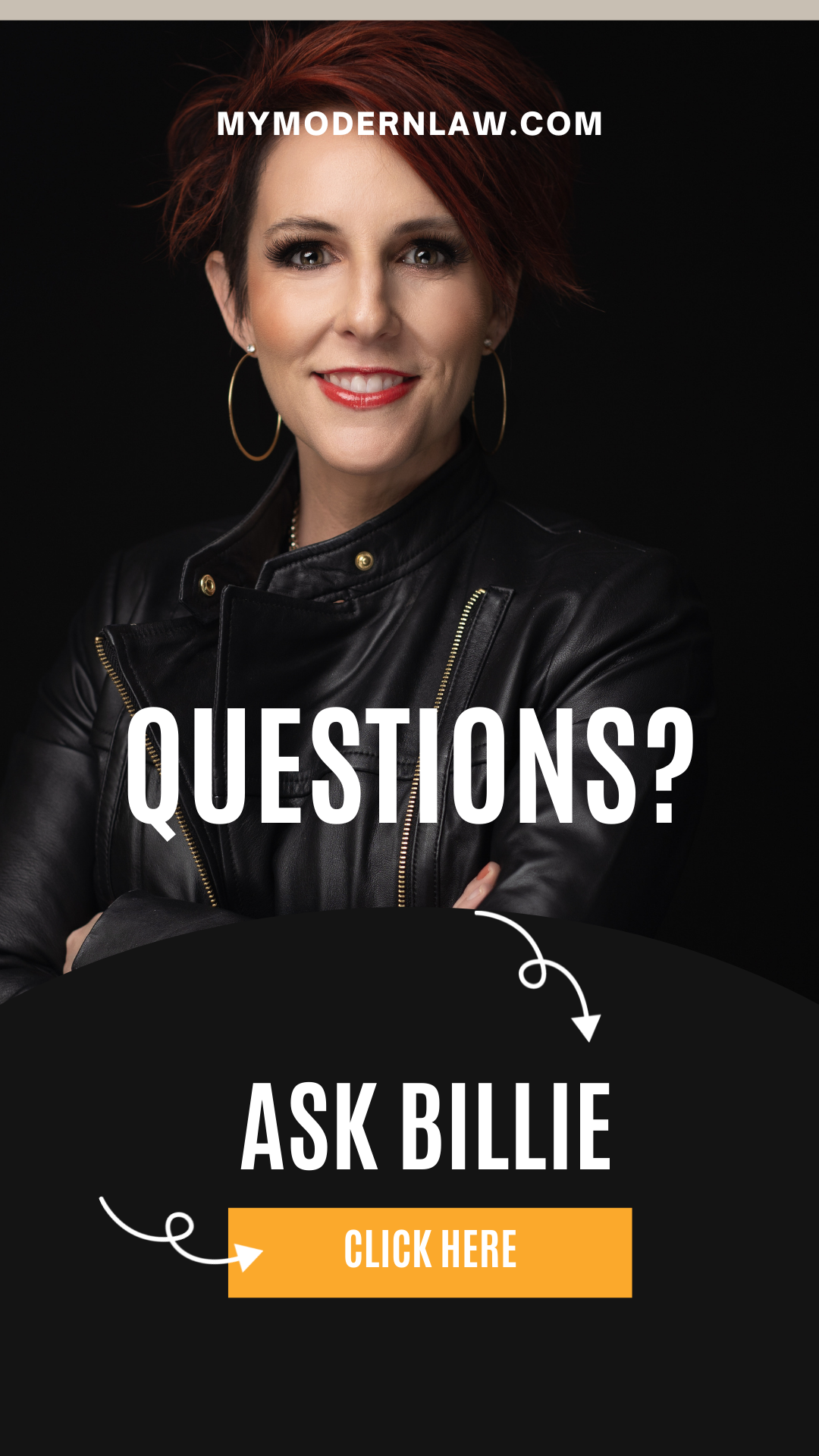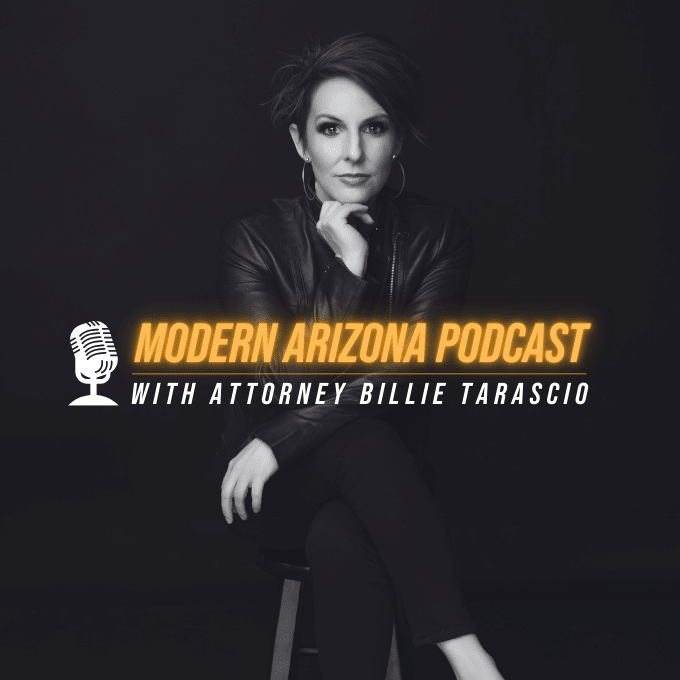Domestic violence is a grave concern that affects countless individuals across the globe. While physical abuse is often recognized and condemned, there’s a more insidious form of control that often goes unnoticed: coercive control. In a recent episode of the Modern Divorce Podcast, Billie Tarascio, owner of Modern Law, sat down with Dr. Christine Cocchiola, an expert on coercive control and domestic violence, to shed light on this hidden form of abuse.
Understanding Coercive Control
Coercive control is a pattern of behavior where one person seeks to gain power and control over another. It’s not always about physical violence; it can manifest in emotional, psychological, and financial ways. Dr. Cocchiola emphasizes that while we often look at domestic violence through the lens of physical incidents, the real essence of abuse lies in one person exerting power over another.
The Journey of Dr. Christine Cocchiola
Dr. Cocchiola’s passion for advocating against domestic abuse began at a young age. At 19, she started working as a domestic abuse and sexual assault crisis counselor. Over the years, she has worked in various capacities, from child welfare to teaching. Interestingly, while she taught about the power and control wheel and post-separation abuse wheel every semester, she didn’t recognize that she was living in such a circumstance herself. This personal experience underscores how covert and deceptive coercive control can be.
The Power and Control Wheel
The Power and Control Wheel is a tool that helps visualize the different tactics an abusive partner uses to maintain power and control in a relationship. While physical and sexual violence might be the most visible forms, the wheel also includes other forms of abuse like emotional, economic, and using children as leverage.
The Deception of Coercive Control
One of the most challenging aspects of coercive control is its deceptive nature. Victims often don’t recognize they’re being abused because there might not be any physical violence. Instead, the abuse is psychological, emotional, and financial. The abuser creates an environment where the victim feels trapped, isolated, and powerless.
Recognizing the Signs Dr. Cocchiola points out that children can exhibit signs of fear when exposed to coercive control. These signs might not always be overt. They can manifest as sadness, anger, high achievement, or even dissociation. Recognizing these signs is crucial for intervention and support.
Coercive control is a hidden form of domestic violence that often goes unnoticed. By understanding its nature and recognizing the signs, we can better support victims and advocate for a world free from abuse. In the next part of this series, we’ll delve deeper into overt and covert coercive control and how to break free from its chains.
Coming up soon, in Part 2, we’ll explore the different forms of coercive control, the impact on victims, and the steps to break free from its grip.
